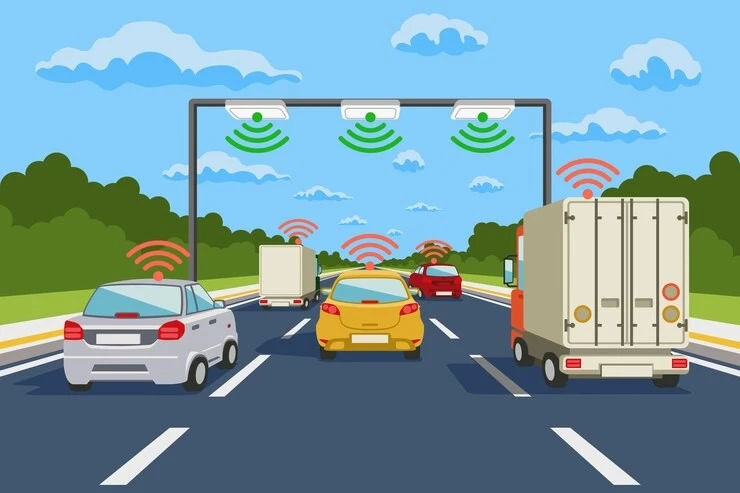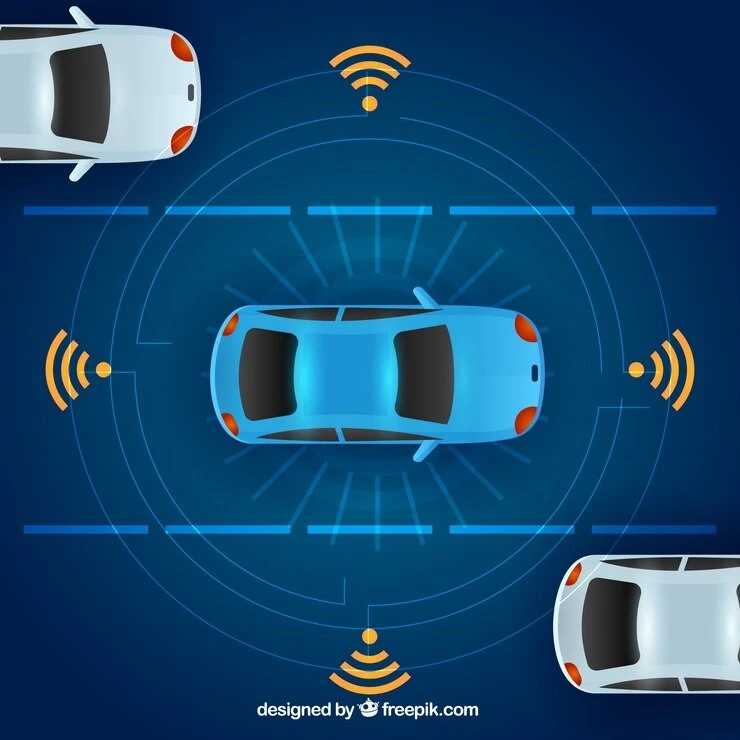Integrating IP cameras into Software-Defined Vehicles (SDVs) marks a significant milestone in automotive technology, enhancing surveillance and safety capabilities. However, ensuring the security of these systems is paramount.

This article explores critical concepts such as secure communication channels, authentication and authorization, secure boot and firmware updates, regular security updates, and physical security in the context of IP cameras and their impact on SDVs.
Secure Communication Channels
Establishing secure communication channels for IP cameras in SDVs is crucial for safeguarding data transmission. Encrypted protocols like TLS and SRTP protect video feeds and control signals, ensuring confidentiality and thwarting unauthorized access attempts. It also fortifies the resilience of connected automotive solutions against potential cyber threats.
Authentication and Authorization
Authentication and authorization mechanisms are pivotal in controlling access to IP cameras within SDVs. Multi-factor authentication, biometric authentication, and robust password policies are essential components of automotive diagnostics software, ensuring only authorized personnel can interact with camera functionalities. Granular authorization controls further enhance security by preventing unauthorized tampering with critical settings, contributing to the integrity of connected vehicle solutions.
Secure Boot and Firmware Updates
The integrity of IP camera firmware is paramount for maintaining the security posture of SDVs. Secure boot mechanisms such as Trusted Platform Module (TPM) or Secure Bootloader verify firmware authenticity during the boot-up process, safeguarding against boot-time attacks and unauthorized modifications.

Furthermore, establishing secure channels for firmware updates and employing digital signatures ensure that only legitimate updates from trusted sources are installed, mitigating the risk of malware injection and enhancing the security of vehicle diagnostics software.
Regular Security Updates
Given the evolving nature of cybersecurity threats, regular security updates are essential for mitigating vulnerabilities in IP camera firmware. Automated update mechanisms streamline the deployment of security patches, reducing the exposure window to potential exploits. Proactive monitoring of security advisories and threat intelligence enables organizations to stay ahead of cyber adversaries, ensuring the continued resilience of connected automotive solutions.
Physical Security
In addition to cybersecurity measures, physical security is crucial in protecting IP cameras from tampering or theft. Secure mounting mechanisms, tamper-evident enclosures, and stringent access controls bolster the physical integrity of camera hardware, deterring unauthorized access and enhancing the overall security posture of SDVs.
Final Thoughts
Integrating IP cameras into Software-Defined Vehicles represents a significant advancement in connected automotive solutions. By prioritizing secure communication channels, authentication and authorization mechanisms, secure boot and firmware updates, regular security updates, and physical security measures, organizations can fortify the security posture of IP cameras within SDVs. Embracing a comprehensive approach to security mitigates risks from external threats and instills confidence in the reliability and safety of connected vehicle solutions.
Are you looking forward to a connected, software-defined automobile solution? Feel free to connect with us at https://excelfore.com/ and power your automobile solutions with key automobile technologies.

